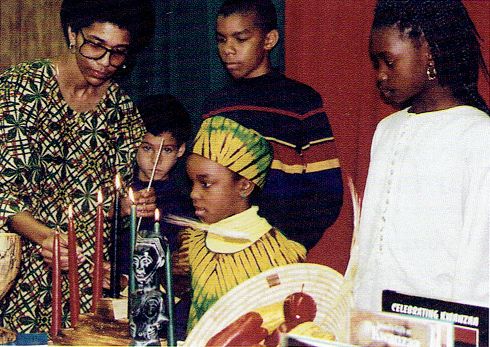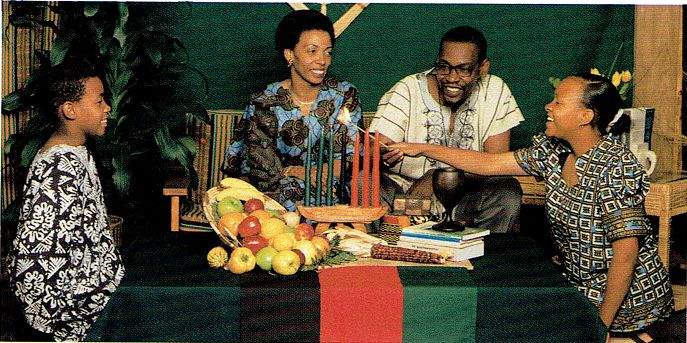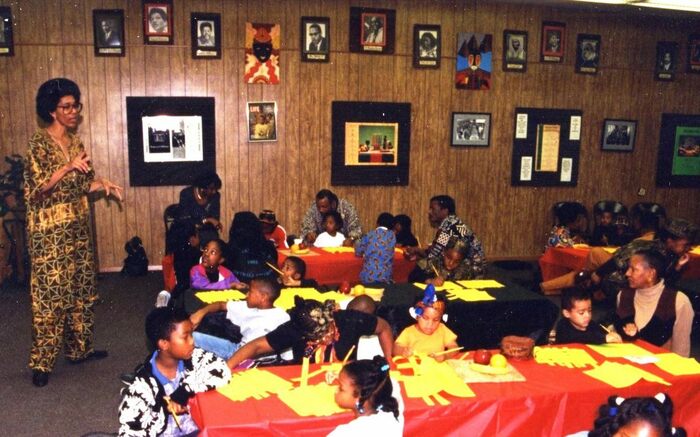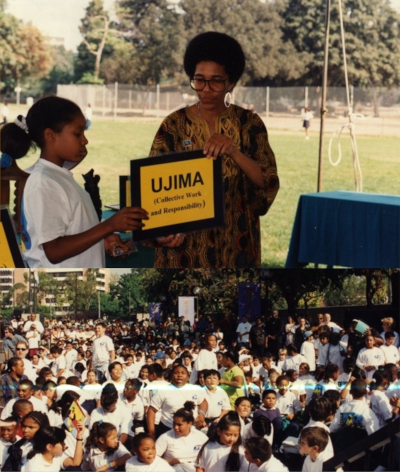Kwanzaa for Children
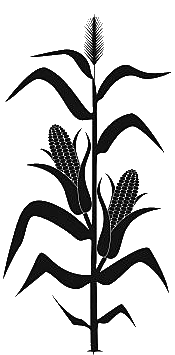

The Meaning of Children
Children are important within the Kwanzaa value framework, then, first of all because they are key to the physical survival of the community. But equally important, they are key to the cultural survival and development of the community. It is they who, as Mary M. Bethune taught, are the "heirs and custodians" of our cultural legacy as a people. This dual function as heirs and custodians means that they not only inherit African culture—its narrative and achievements, its views and values—but must assume responsibility for its preservation and expansion.
Kwanzaa, then, places emphasis on children because they are in fact the hope and future of African people in both the biological and cultural sense. Given this reality and the need to bond the generations and develop a reciprocal respect and support between them, African communal society placed great emphasis on reinforcing the bonds between parents and children. This emphasis is present in Kwanzaa and expresses itself in the stress on parental and child affection, shared activities, and value orientation of children toward commitment and priorities that strengthen family, community and culture.
The Participation of Children
Kwanzaa is a holiday with meaning and roles for all ages, especially children. Whatever the level of comprehension and capacity for participation, children must be allowed and encouraged to participate in Kwanzaa as fully as they are able. To reduce the children to mere recipients of gifts is to duplicate one of the most negative aspects of some Christmas celebrations. Kwanzaa, by its very purpose and principles, requires the full active participation of children. The principles are especially for them, for they are our future. Therefore, unless they learn and absorb these principles, the hope we have in them is futile or at best, on shaky foundations.
Children can participate in various ways. First, they should and can learn, recite and explain the Principles each day at meal times or in a special setting for it. Secondly, they can light the mishumaa for each day and explain each principle. Thirdly, children can help make Kwanzaa cards and other Kwanzaa items, and they can also help make and put up Kwanzaa decorations. This assistance would, in fact, be practice and encouragement of the sixth principle, Kuumba. Children are very creative at early ages and should be encouraged to maintain and develop such a capacity and interest. And Kwanzaa provides an ideal instructive and inspirational context for this.
Fourthly, children can help prepare special foods and the setting for Kwanzaa meals. They need not be given the responsibility for an entire meal, but they should be given a small but meaningful project which would in turn enhance the meaning and enjoyment of Kwanzaa for them. Finally, children can and should be encouraged to make dramatic, musical and dance presentations in celebration of Kwanzaa at home, school or in the context of their organization. These are just a few main ways children can and should be encouraged to participate. There are countless others and with a little Kuumba adults can discover and encourage them.
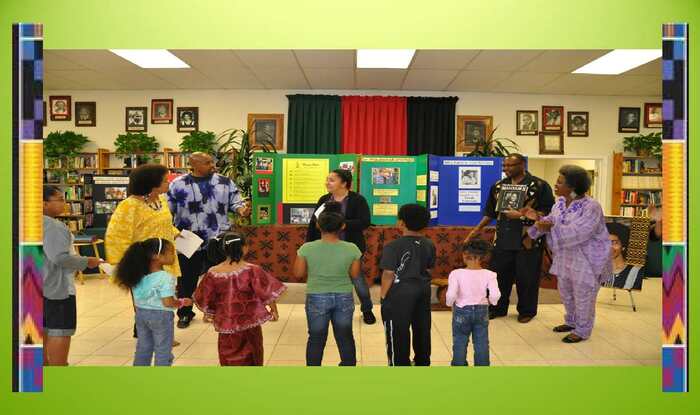
Fun Activities for Children
Kwanzaa Arts, Crafts, and Decorations
Kwanzaa provides unlimited opportunities to apply the principle of Kuumba (Creativity) to engage our children in fun projects where they make, design or build their own Kwanzaa or culturally themed items.
African / African American Song and Dance
As a cultural holiday. Kwanzaa was designed to celebrate the best of us. Children are encouraged to participate in traditional and contemporary cultural song and dance that celebrates us at our best.
Cultural Games and Storytelling
The celebration of Kwanzaa as a whole and each principle separately give us a a chance to explained express each principle thru our long tradition of cultural storytelling and creative games.
